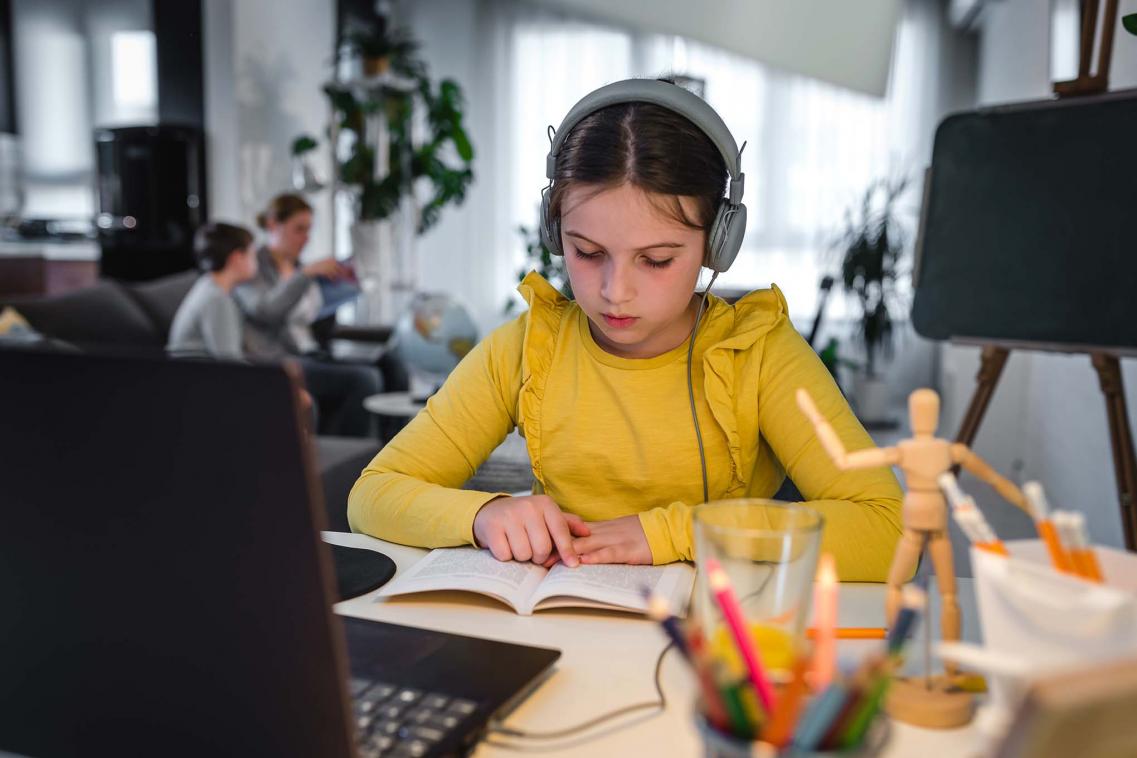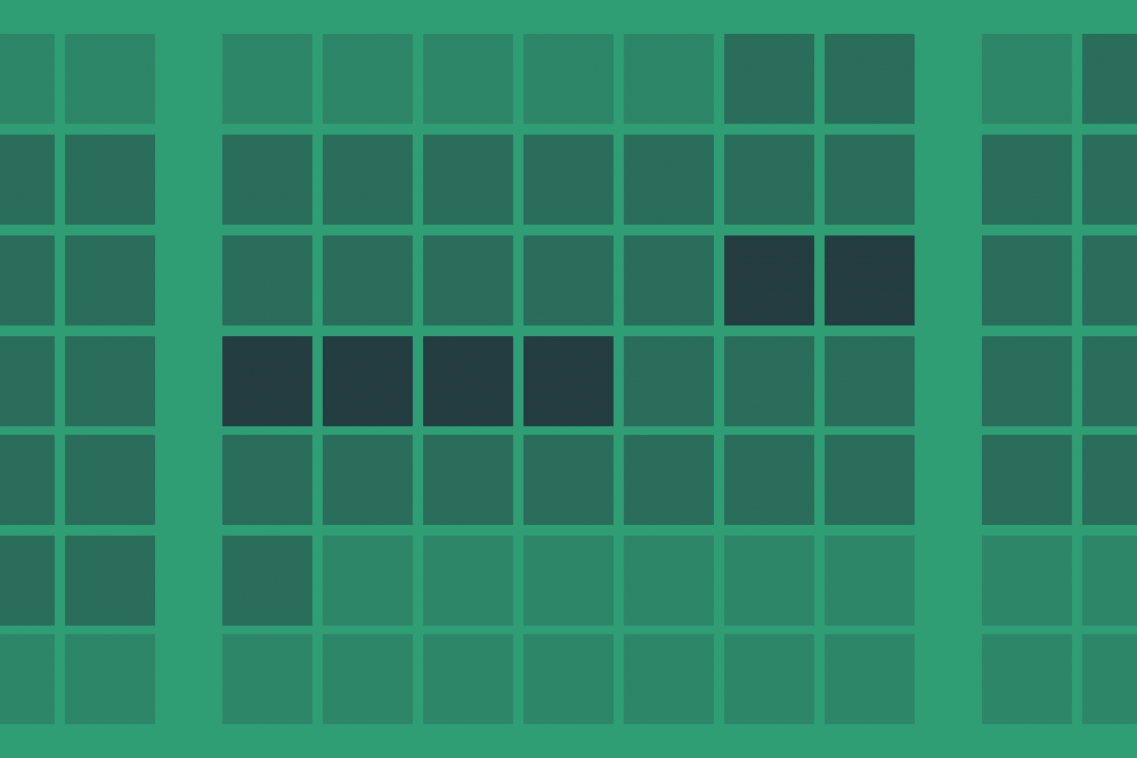Event
4 June 2019 at 10:30
<p>One Great George Street, Westminster, London SW1P 3AA</p>
New IFS research, funded by the Nuffield Foundation, examines the effect that Sure Start has had on health outcomes. To what extent has Sure Start benefitted children’s health? Which groups of children benefit the most? How might these benefits have come about?







































